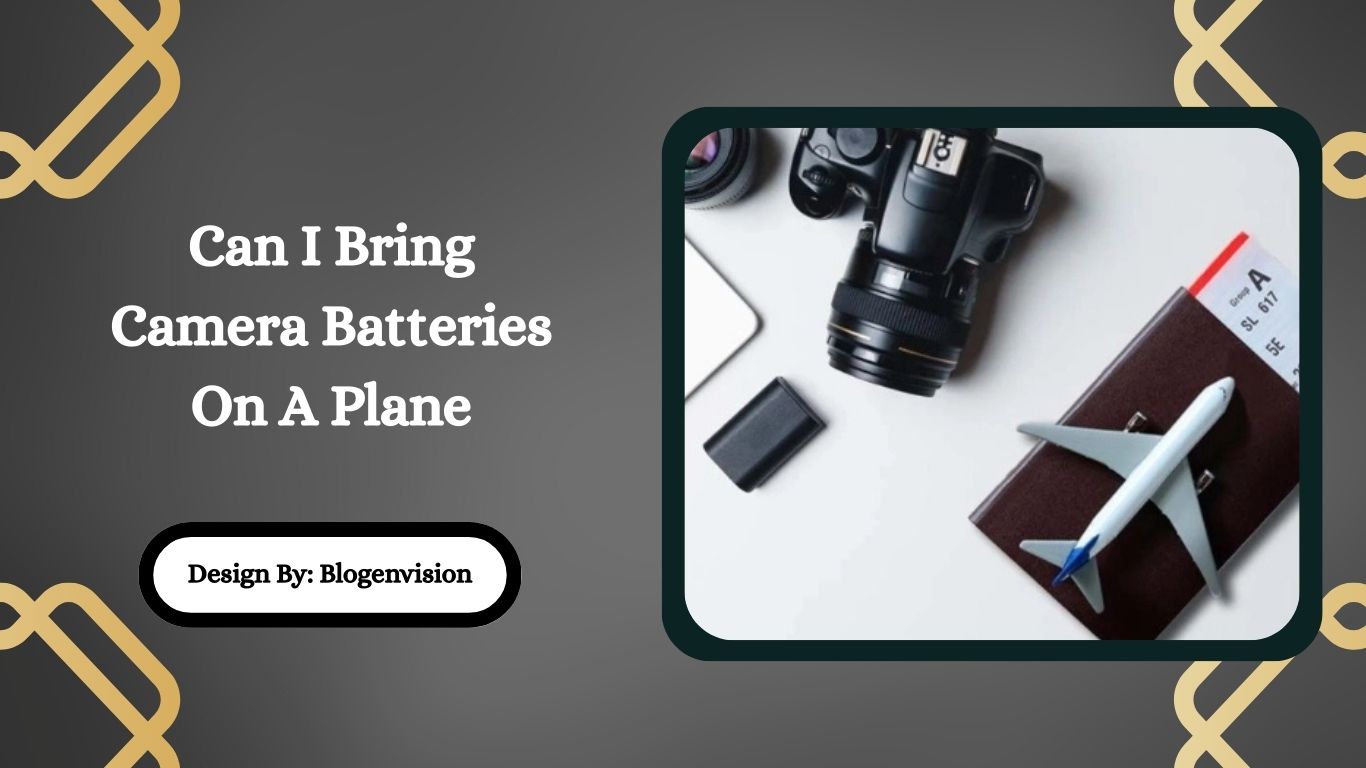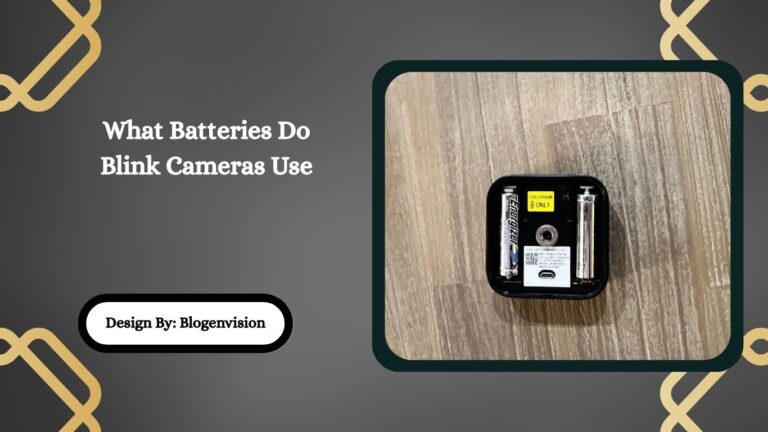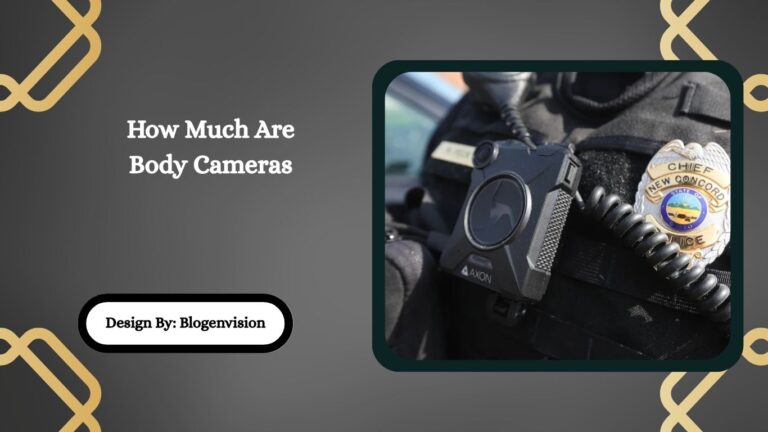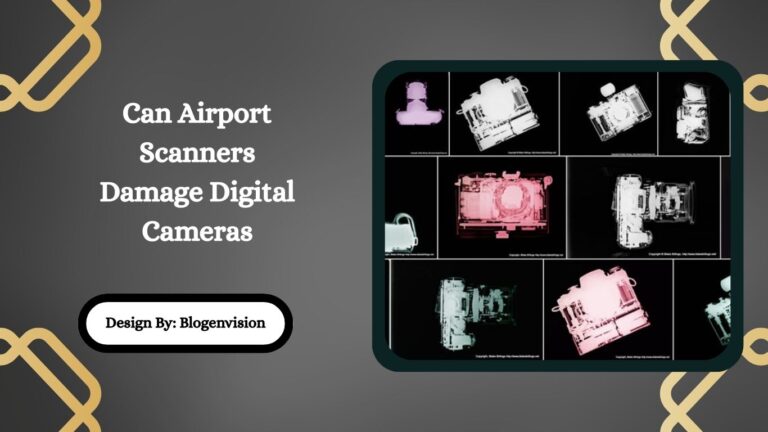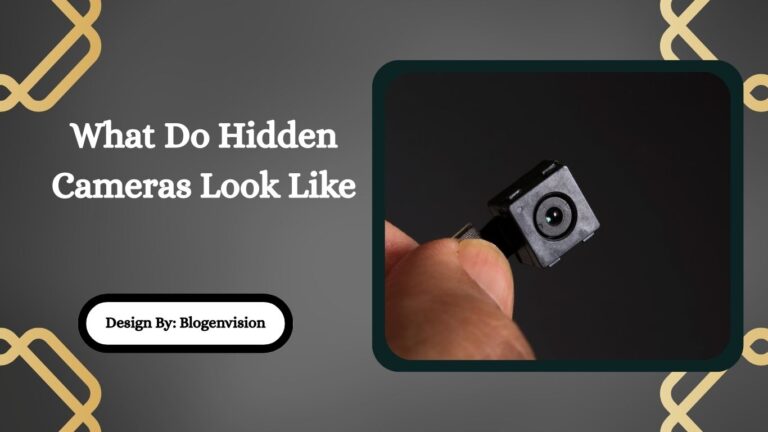Can I Bring Camera Batteries On A Plane – Guide for Travelers!
Yes, you can bring camera batteries on a plane. Spare lithium-ion batteries must be in your carry-on, under 100Wh, properly protected, and not placed in checked baggage for safety reasons.
If you’re getting ready to travel with your camera, you may be asking: “Can I bring camera batteries on a plane?” The simple answer is yes—but there are some rules you need to follow.
Airlines have safety guidelines about what types of batteries you can carry, how many you can take, and where they should go—your carry-on bag or checked luggage.
In this guide, we’ll explain everything you need to know about traveling with camera batteries safely, easily, and without stress.
Are Camera Batteries Allowed in Carry-On Bags?
Yes, you can bring camera batteries in your carry-on bag, and this is the best place to put them.
Here’s why:
- Lithium-ion batteries (the most common type for cameras) are allowed in carry-on bags.
- Each battery must be 100 watt-hours (Wh) or less.
- Most camera batteries are well under 100Wh, so you’re usually safe.
- Spare batteries (not installed in a camera) must go in carry-on, not checked bags.
Example:
A Canon LP-E6 battery (used in many Canon DSLRs) is about 14Wh—which is completely safe to carry.
Tip: Keep batteries in original packaging, a battery case, or wrap the contacts (metal ends) with tape to prevent short circuits.
Can I Put Camera Batteries in Checked Luggage?

No, spare batteries should not go in your checked luggage.
Here’s what you need to know:
- Loose lithium batteries (not inside a device) are not allowed in checked bags.
- Installed batteries (inside your camera) are usually okay to check.
- If you pack a battery loose in your checked bag, your bag may be stopped by security or even left behind.
The reason is safety—if a lithium battery overheats or short-circuits, it can catch fire. In a checked bag, no one will notice in time. That’s why airlines want them in the cabin.
How Many Camera Batteries Can I Bring?
You’re allowed to bring more than one battery, but there are limits:
✅ Batteries Under 100Wh:
- No strict limit, but bring only what you need (usually up to 20 is fine).
- Must be carried in your carry-on.
⚠️ Batteries Between 100–160Wh:
- Allowed in carry-on only.
- You can bring a maximum of 2.
- You might need to get airline approval ahead of time.
❌ Batteries Over 160Wh:
- Not allowed in carry-on or checked bags.
- These are very large batteries used for cinema or lighting gear.
Tip: Check the label on your battery. It usually says the watt-hours (Wh) or gives voltage (V) and milliamp-hours (mAh), so you can calculate it:
Wh = V × (mAh ÷ 1000)
Safety Tips for Carrying Camera Batteries
To keep yourself and others safe, follow these easy tips when flying with batteries:
- Use a battery case to prevent metal contacts from touching.
- Cover terminals with tape if you don’t have a case.
- Keep batteries separate from keys, coins, or anything metal.
- Don’t carry damaged or swollen batteries. Replace them before traveling.
- Avoid extreme temperatures—keep batteries out of direct sunlight or freezing cold.
Being careful also helps you avoid trouble at airport security.
Also Read: What Camera Should I Buy Quiz – Complete Guide!
What About International Flights?
Most international flights follow the IATA (International Air Transport Association) rules, which are similar to U.S. rules.
But it’s still smart to:
- Check your airline’s website before your flight.
- Read local rules if you’re flying in or to countries like Japan, the UK, India, or Australia.
- Some airports are stricter about battery size or number of batteries.
Tip: If your battery is between 100Wh–160Wh, call your airline before your trip. They may ask you to fill out a form or limit how many you bring.
What Types of Camera Batteries Are Allowed?
Most common camera batteries are okay to carry if they meet these conditions:
| Battery Type | Allowed in Carry-On? | Allowed in Checked Bag? | Notes |
| Lithium-ion (under 100Wh) | ✅ Yes | ❌ No | Most DSLR/mirrorless batteries |
| Lithium-ion (100–160Wh) | ✅ Yes (2 max) | ❌ No | May need approval |
| Alkaline (AA, AAA) | ✅ Yes | ✅ Yes | No limits, both allowed |
| Installed Batteries | ✅ Yes | ✅ Yes | If inside camera/device |
| Power Banks | ✅ Yes | ❌ No | Treated like spare batteries |
FAQs:
1. Can I bring AA or AAA batteries on a plane?
Yes, you can bring regular AA or AAA batteries in both carry-on and checked bags. They are not considered hazardous like lithium-ion batteries.
2. What happens if I accidentally put spare batteries in checked luggage?
If found, your checked bag may be flagged, delayed, or opened by security. Spare lithium batteries should always be in your carry-on to avoid safety risks.
3. How do I safely pack camera batteries for a flight?
Use original packaging, battery cases, or tape the terminals. Keep batteries separate from metal objects and only carry undamaged, clean batteries to prevent fire risks.
4. Can I carry camera batteries over 100Wh?
You can carry up to two batteries between 100–160Wh in your carry-on with airline approval. Batteries over 160Wh are not allowed on passenger aircraft.
5. Are the battery rules the same on all international flights?
Most follow IATA guidelines, but it’s best to check your airline’s rules, as some countries may have stricter limits on battery quantity, size, or packaging.
Conclusion:
Traveling with camera batteries is safe and simple when you follow airline rules. Always carry spare lithium batteries in your cabin bag, keep them under 100Wh, and pack them securely. Avoid checking them in luggage, and double-check with your airline if flying internationally. With the right precautions, your batteries—and your trip—will go smoothly. This way, you can focus on capturing great photos without any airport hassles or delays.

